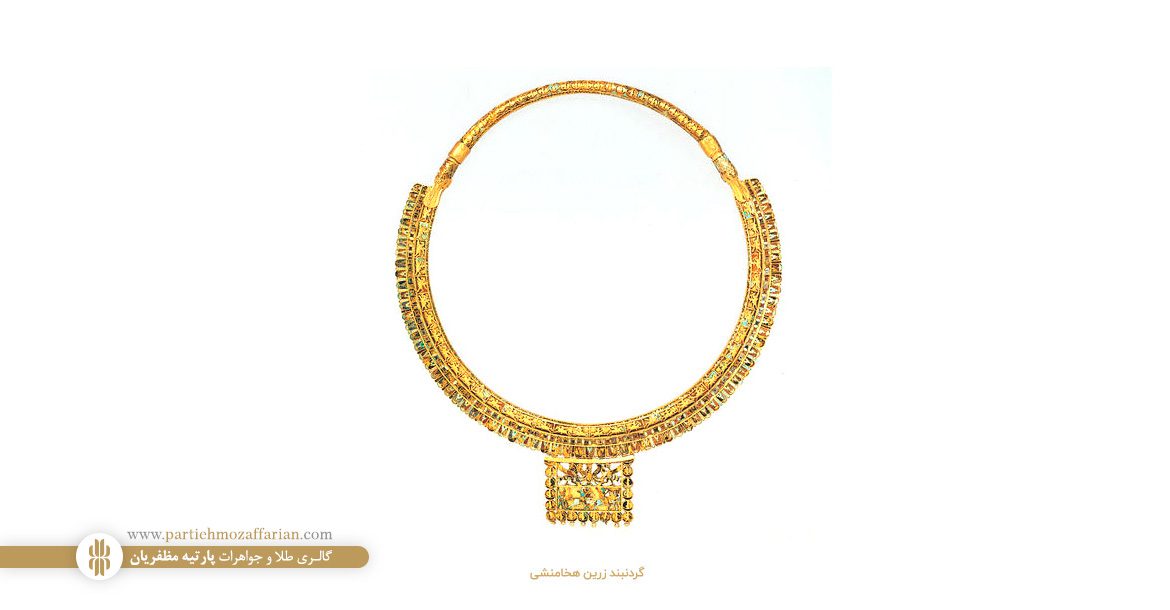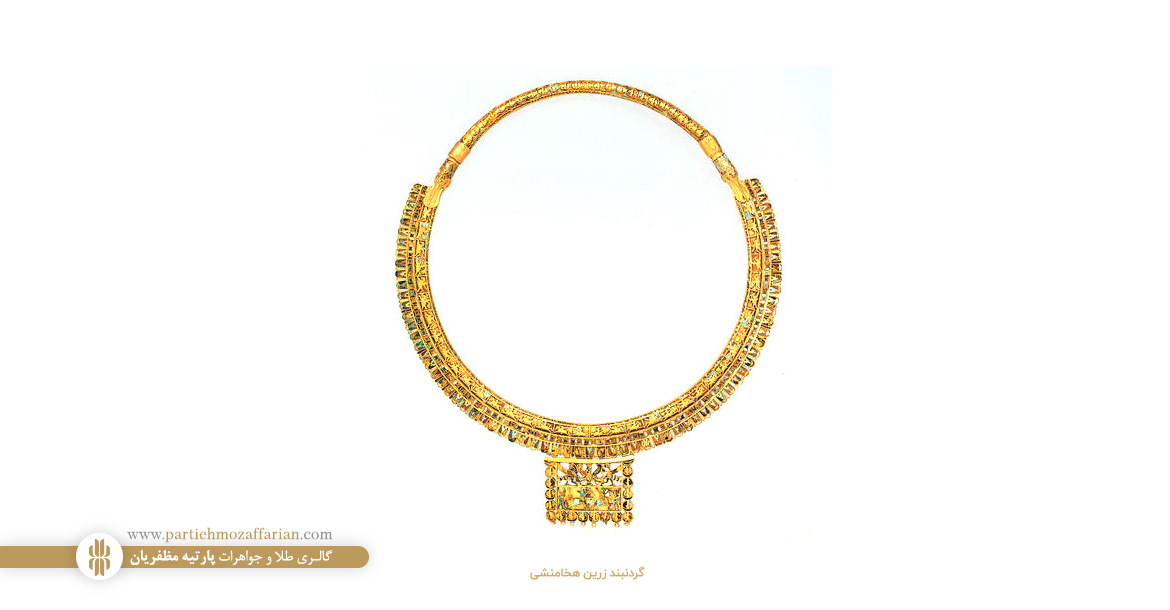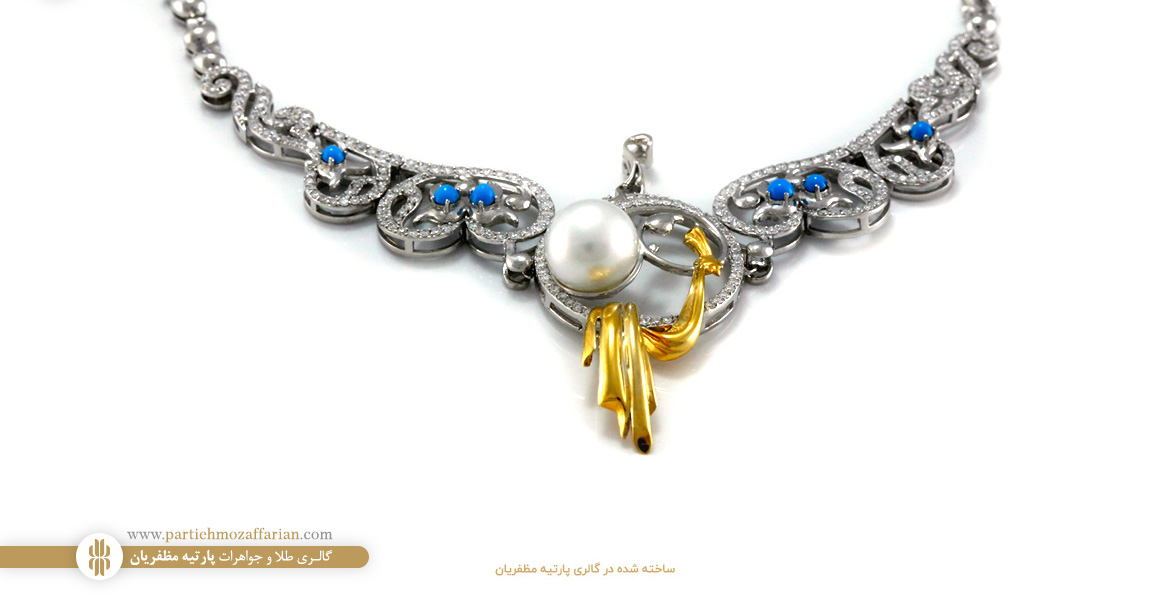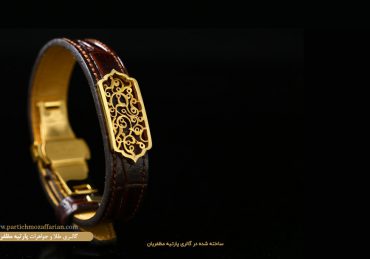
The History of Necklaces
The necklaces is the first ornaments that used by humans. The necklace represents people’s position and has been used for various occasions.
Introducing Necklace
The necklace is actually a chain around the neck, and is often made of precious metals such as gold, solitaire and platinum.
The History of Necklaces
In prehistoric, people often used natural materials such as:
Feathers
- Bones
- Shells
- Herbal materials to create necklaces
Then, metal jewelry replaced them. Using of necklace has been customary in all ancient civilizations. But the first necklace has been used with precious metals with stones pendants has been in Europe.
In Iran, using of necklace has been common. In throughout history:
Iranians made necklaces of gold and precious stones such as opal and lazuli.
In ancient Crete civilization, all social classes, (including farmers) used necklace. The peasants attached the stones to a cottan cloth. But the people who are rich used beads of opals, pearl, amitis and quartz.
In ancient Greece, very delicate necklaces were made by artwork. For the first time, new types of chains were made (laminated chains that were woven together). A very long gold chain was prevalent with a carving pendant and a small perfume container.
In ancient Rome, th necklace was just one of the many different types of jewelry that was used by top class society. Gold and silver necklaces were always adorned with semi-precious and precious stones.
In ancient Egypt, had been used different tyoes of necklaces.
People of high social used collar necklaces with semi-precious and precious stones.
Necklaces divided based on sized to the following categories:
- Collar
- Neck scarf
- Pricess
- Dramatic
- Opera
- Rope

Gallery Partieh Mozaffarian
Historical period: Late Achaemenid Empire
- Construction time: Middle of 4 to 6 century B.C
- Material: Gold with decoration of lazuli, turquoise, opal and crystal
- Dimension: height (26cm), width (25.7 cm)
- Stories: the use of golden azure was so strange for ancient Romans. That they faced with the Iranians in the war and saw their golden jewels, they thought faced with queue of women.
- Keepimg place: Mihho Museum, Koka, Japan
Built in Partieh Mozaffarian Gallery.




